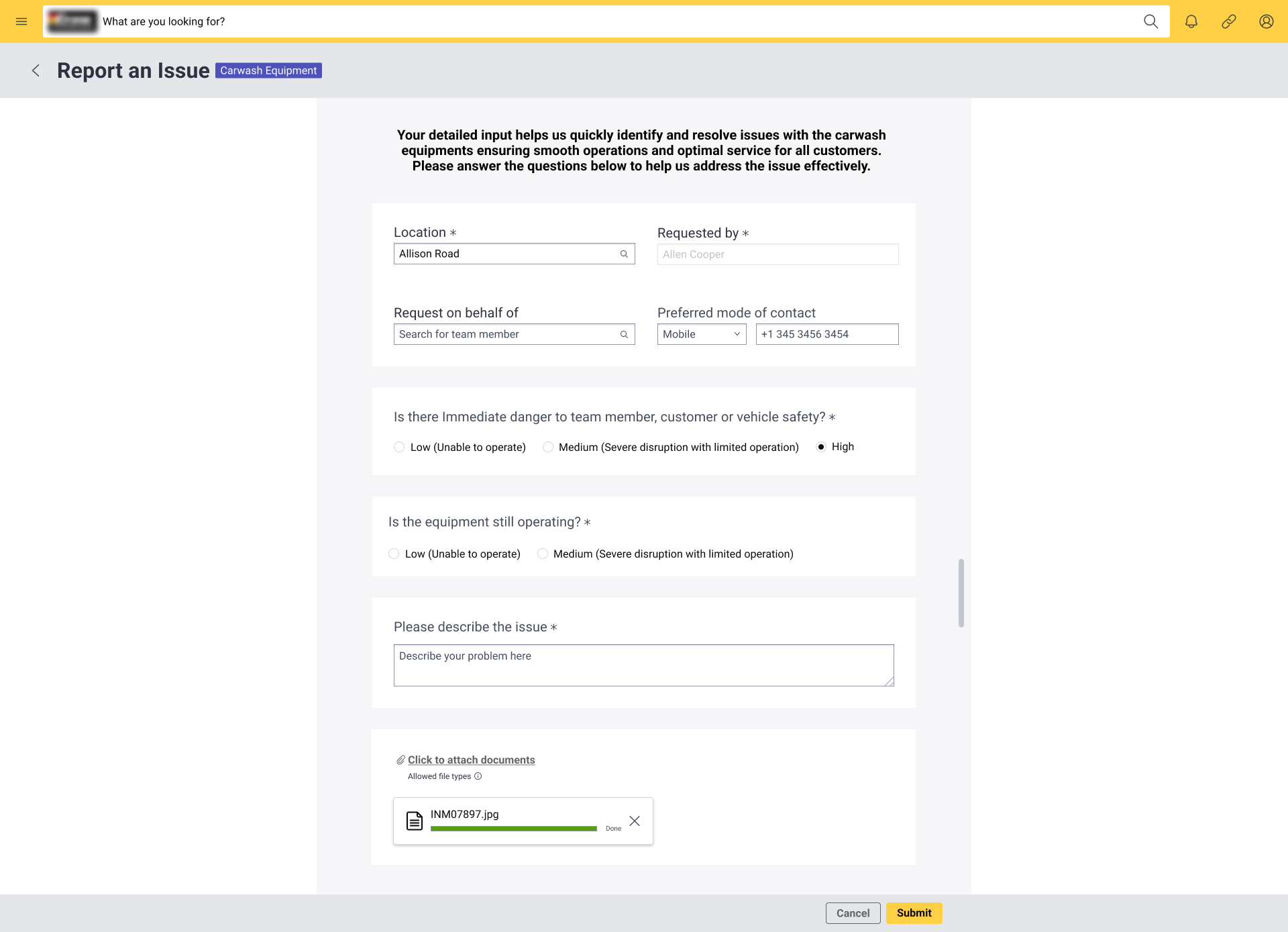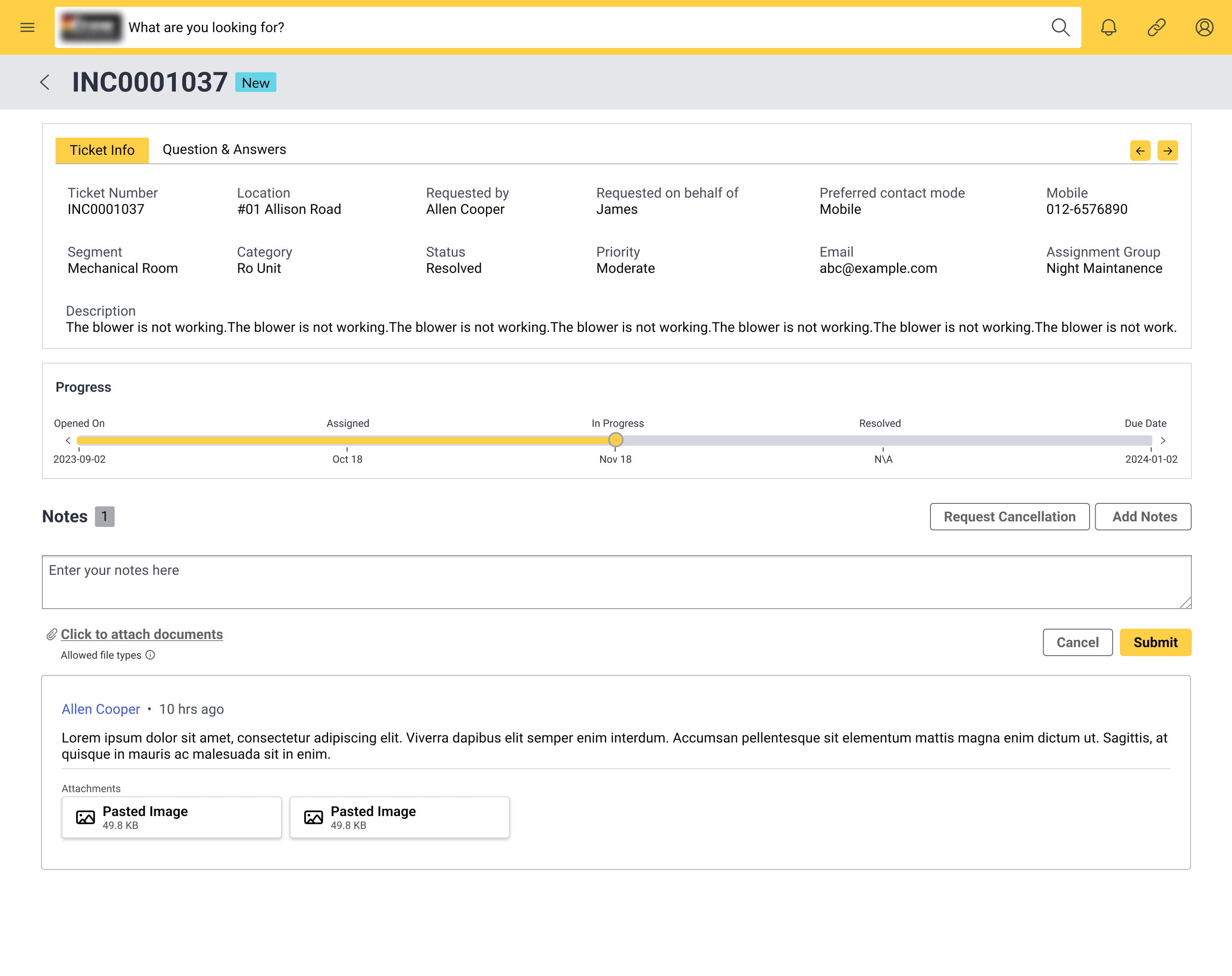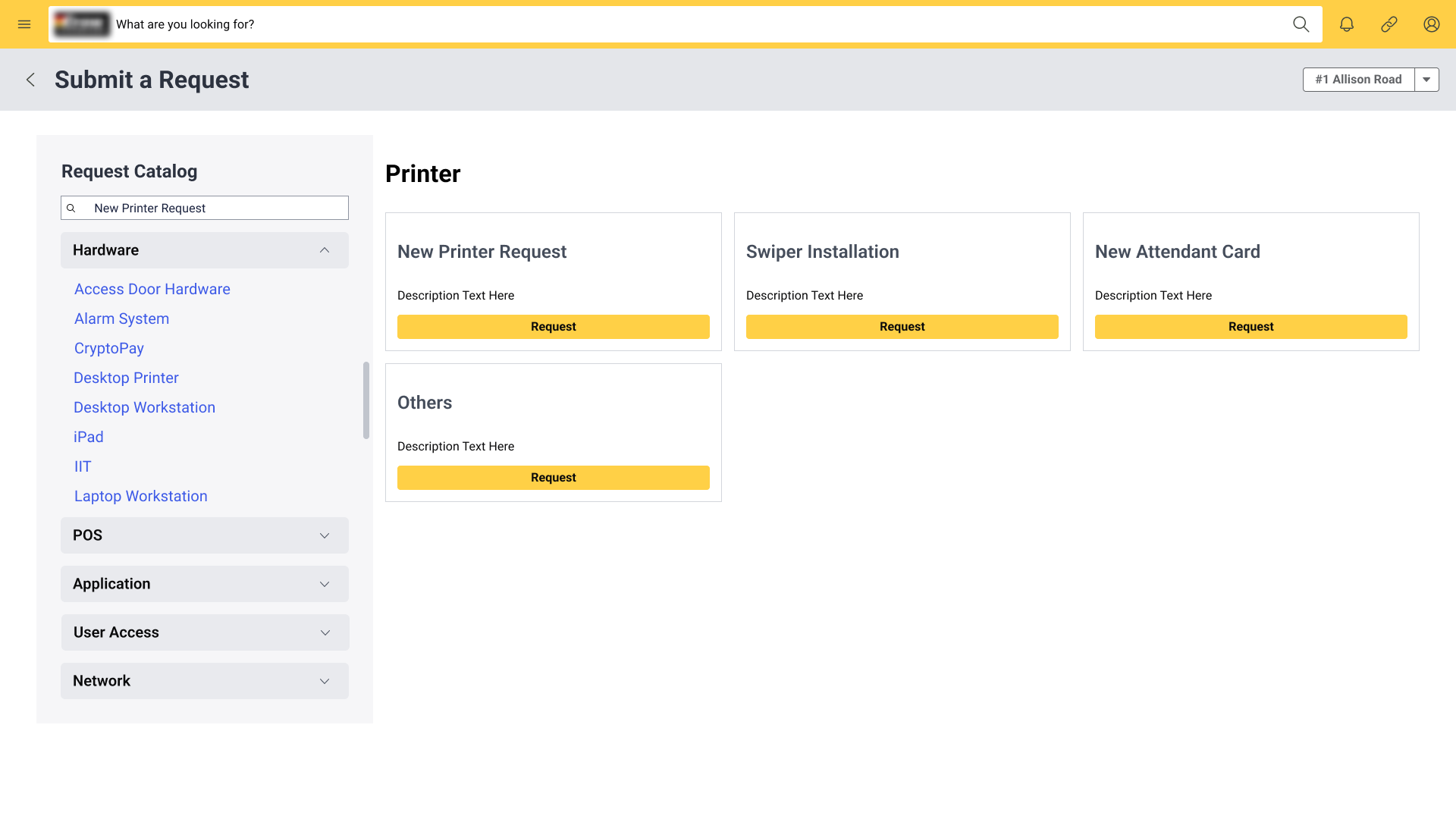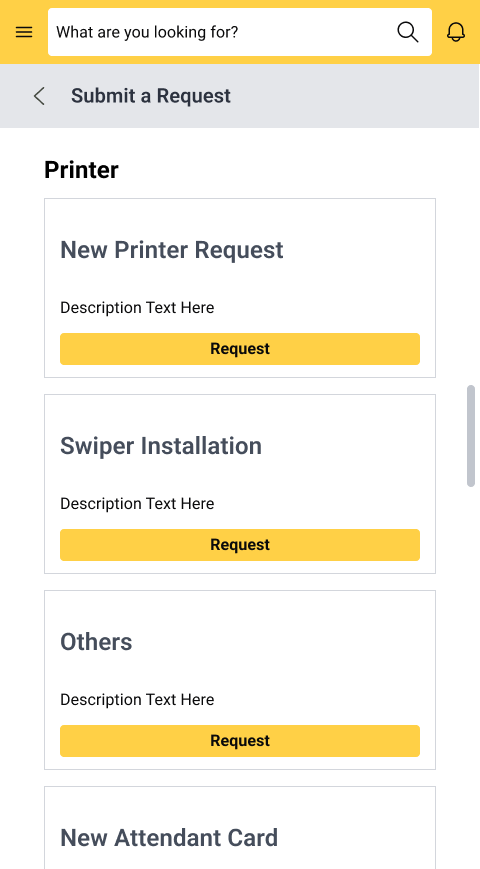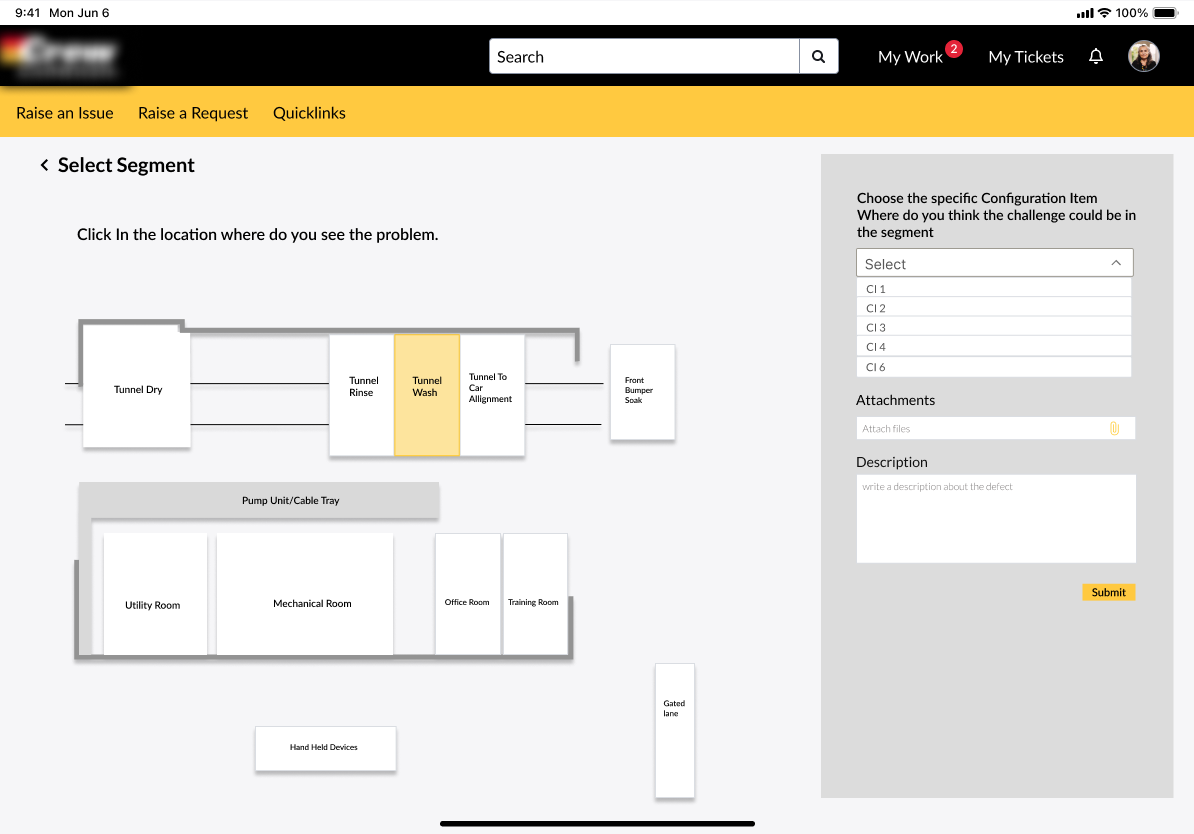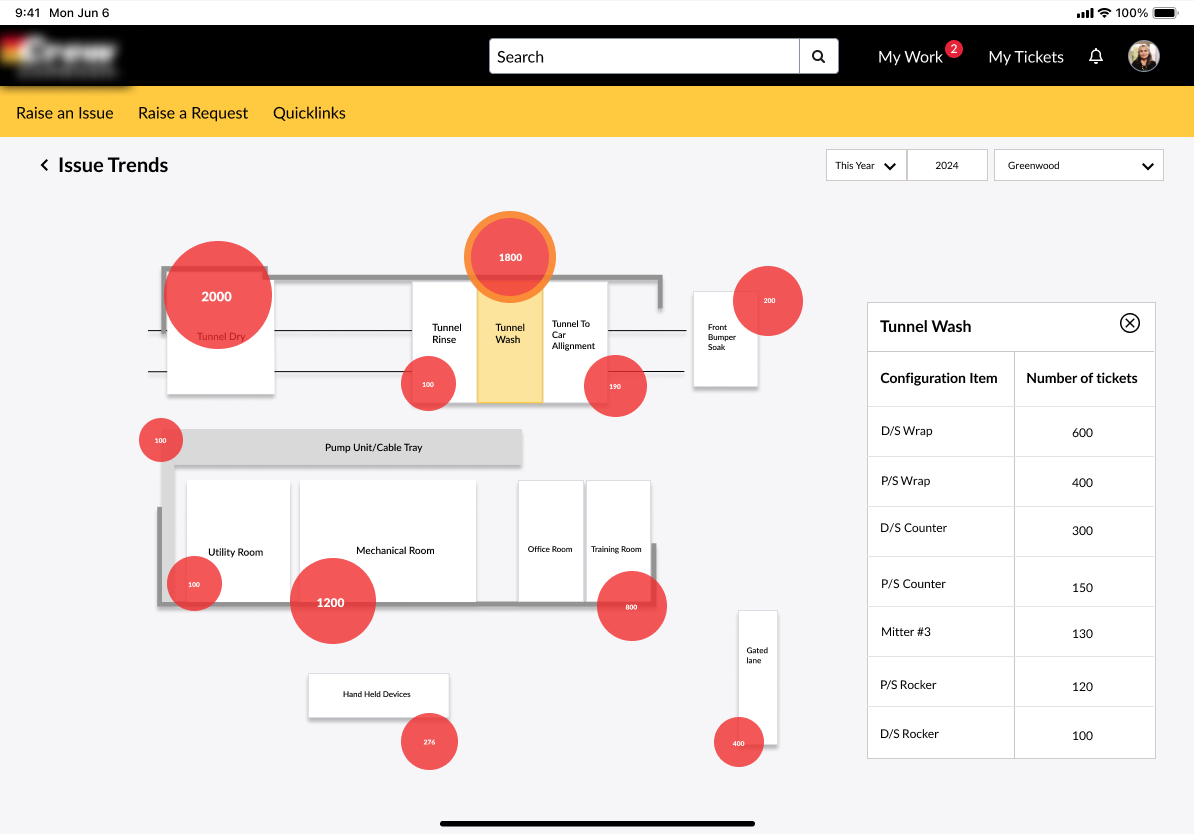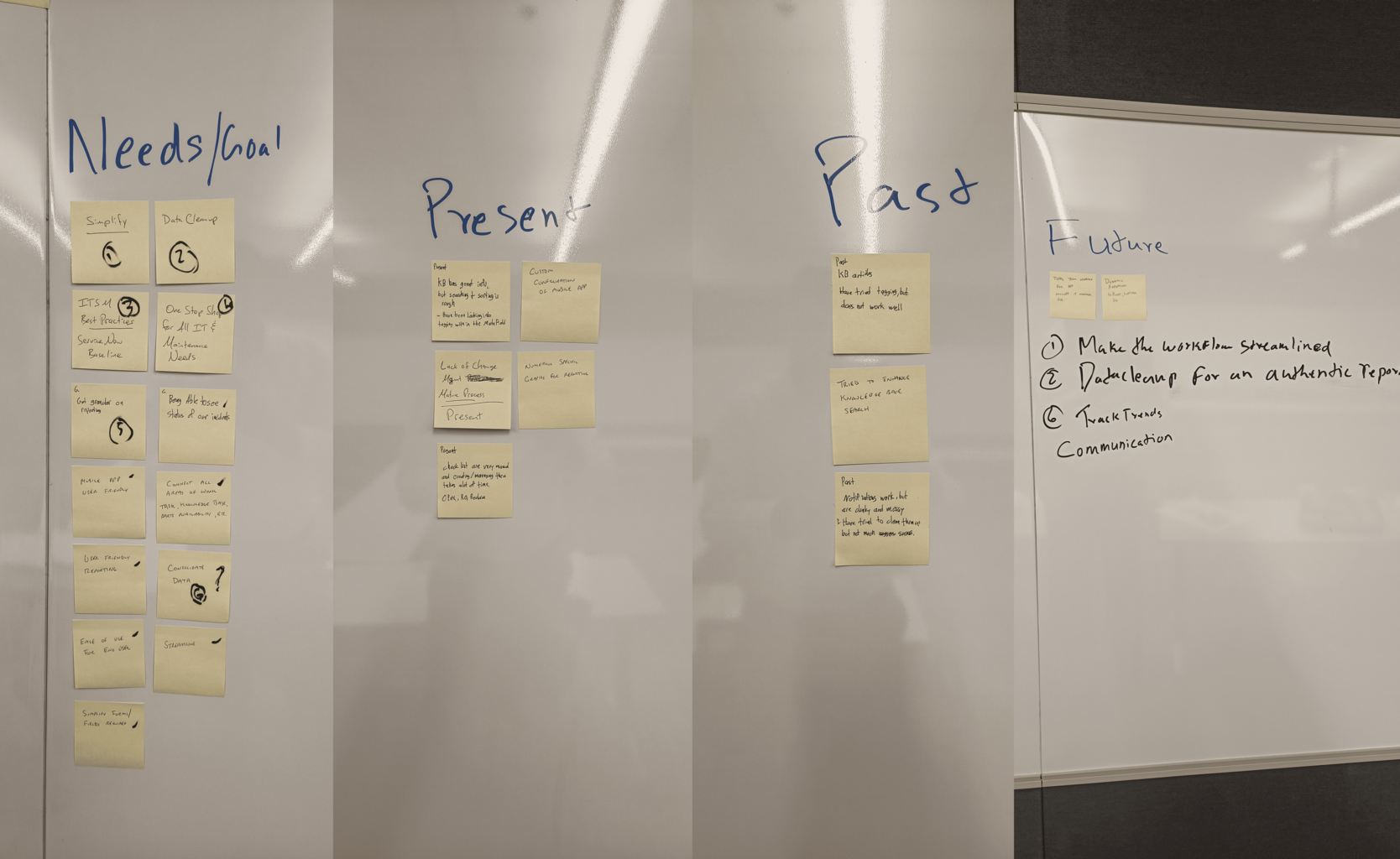In today’s fast-paced world, businesses are constantly looking for ways to innovate and stay ahead of the curve. However, modernization can be a daunting task, especially when you don’t know where to start. This was precisely the challenge faced by one of my clients, a carwash business in the USA. They were struggling with inefficiencies in their operations, and while they had the ambition to modernize, they lacked the clarity on where to begin. That’s where I came in.
The Challenge
I began by conducting a workshop that brought together leaders from every department. This collaborative session revealed several pain points. Interestingly, despite the diverse challenges, all the department heads had a common goal: serving customers faster. But they were already doing that—or so they thought. What we discovered was that while they were serving customers quickly, there were crucial touchpoints that could be significantly improved to make the process even more efficient.
The root of the problem lay in communication breakdowns and inefficient incident management. For example, when an issue arose, like a vibration in the car wash tunnel near the air blower, the technicians received the alert but often didn’t know exactly where in the tunnel the issue was located. There was no system in place to track whether the issue had occurred previously or how it was resolved, nor was there transparency for the staff who raised the issue. Everything from motor failures to network problems was raised via phone calls, with the helpdesk manually triaging issues to the maintenance or IT teams. This was a laborious, inefficient process.
The Solutions
I took a step-by-step approach to solve each pain point and elevate their experience
1. Pinpointing Problem Locations:
To address the issue of technicians not knowing where a problem was located, I designed a 2D map of the premises. This allowed the user raising the issue to pin the exact location where the problem was identified. Now, technicians could go straight to the source of the problem, saving precious time and effort.
2. Building a Knowledge Base for Incidents:
One of the major challenges was the lack of historical context. If an issue had occurred previously, technicians had no record of how it was solved. To fix this, I implemented a knowledge base that provided reference points for each incident. When a technician picked up a job, they could immediately see how many times the problem had occurred in the past and how it had been resolved.
3. Enhancing Incident Transparency:
For the staff who raised the issues, there was no way to track the progress of their requests. I created an incident detailed page on the portal, allowing staff to see what stage their request was in, who was working on it, and when it was expected to be resolved. Additionally, any questions or updates from the technician could be communicated through this page, bringing transparency to the entire process.
4. Automating the Triaging Process:
To eliminate the inefficient manual triaging system, I developed a dynamic form within a centralized portal. This form automatically directed issues to the appropriate department—IT or Maintenance—based on the nature of the problem. No more phone calls or emails to the helpdesk; issues were raised seamlessly through the portal, making the entire process more efficient.
The Design Process
The entire transformation followed my own framework, which I call the IDEA Framework—Initiate, Design, Enhance, Achieve.
Initiate: This phase began with a workshop where department leaders brought their pain points to the table. By gathering input from every corner of the business, we laid the groundwork for identifying the real problems.
Design: In the discovery phase, we focused on problem-solving through design—not just in the sense of UI, but in crafting the solutions. Here, the goal was to align user needs with business objectives to create effective solutions.
Enhance: Once the core solutions were defined, we moved into refining the UI/UX design. This step was all about ensuring the product was intuitive, visually aligned with the brand, and optimized for the end users.
Achieve: Finally, the engineers took the UI/UX designs and brought them to life, turning these ideas into a tangible product. The collaboration between design and engineering ensured the final product achieved both form and function.
I took the time to understand the pain points and carve out user personas and user journeys. From there, I built a design system that aligned with their brand tone and values, ensuring a cohesive and intuitive experience.
I started with rough wireframes for each user journey, allowing me to iterate and refine the design. Once the wireframes were approved, I moved on to visual design, ensuring the interface was not only functional but also aesthetically pleasing. Throughout the process, I collaborated closely with the engineers, helping them understand the problems we were solving and shaping the product to ensure it met the end goals.
The Impact
The results were remarkable. Before the transformation, most tickets were raised via phone or email, despite the existence of a basic web portal. After implementing the new system, 98% of tickets were raised through the portal, with only 2% raised via email, and helpdesk calls dropped to zero.
But that wasn’t the only improvement. The time taken to resolve tickets was reduced by 80%, thanks to the ability for technicians to see where the problem was located and how it had been solved in the past.
This transformation didn’t just modernize their operations; it empowered their employees with better tools and gave their customers a faster, more seamless experience.
Conclusion
This project highlights the power of collaborative product design. By listening to the pain points of different departments, defining clear user journeys, and implementing a system that works for both the technicians and staff, we were able to bring about significant operational improvements. This isn’t just about solving problems; it’s about elevating the entire experience.
If your business is struggling with inefficiencies, I’m here to help you discover new solutions through thoughtful, user-centered design. Let’s work together to build something that not only solves problems but transforms your operations from the inside out.

